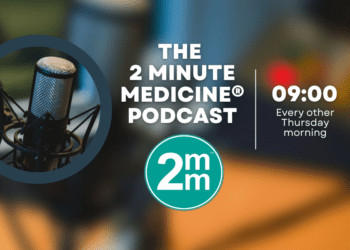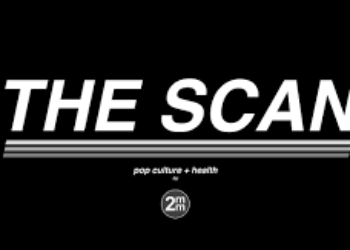AAP recommendations for the upcoming 2013 – 2014 influenza season
Image: PD Influenza A (H7N9) virus
1. The American Academy of Pediatrics (AAP) highlights the importance of annual vaccination for all children aged 6 months and older, particularly for those at increased risk of influenza-related complications.
2. The AAP encourages “cocoon” protection of patients < 6 months of age defined as vaccination of household contacts, and encouraging breastfeeding to promote passive immunization.
3. The safety of antiviral medications in pediatric patients and their use as post-exposure prophylaxis, especially for household contacts of patients at increased risk of influenza-related complications, is emphasized.
Statement Rundown: In a statement released today, the AAP published their recommendations for the upcoming 2013 – 2014 influenza season. The importance of annual seasonal influenza immunization for both healthy and at-risk children over the age of six months is emphasized. The policy statement notes that, although children with some conditions, such as those who are immunosuppressed, are at increased risk for influenza-related complications, the majority of pediatric deaths during the 2012-2013 influenza season were among healthy, but unimmunized children. The AAP also endorses vaccination for all household contacts of children with high-risk conditions and those younger than five years of age. For patients under six months of age, who are not able to be vaccinated, the statement notes that influenza protection relies on the vaccination of household contacts. Protection of these young patients may also be enhanced by breastfeeding from a vaccinated mother. The AAP highlights the three options for influenza vaccination during the 2013-2014 season without specifying institutional preference for a particular brand or formulation. An inactivated trivalent and an inactivated quadrivalent formulation is available for intramuscular injection, and a live-attenuated vaccine is available intranasally. The intranasal formulation is not recommended for patients with asthma, diabetes or high-risk medical conditions. The AAP notes specifically that, although almost all influenza vaccinations are produced in eggs, data has demonstrated that a single, age-appropriate dose is tolerated well by patients with egg allergy. However, it is suggested that patients with a history of severe egg allergy including anaphylaxis or cardiovascular changes be observed for 30 minutesafter immunization to ensure safety.
Finally, the AAP addresses the use of antiviral medications in pediatric patients, noting oseltamivir as the antiviral medication of choice for management of influenza infection. It is suggested that antiviral treatment of pediatric patients with serious or complicated influenza-related disease should occur regardless of influenza vaccination status and/or the timeline of the patient’s presentation. The AAP suggests that antiviral treatment should not be delayed for definitive influenza test result. It is also noted that oseltamivir may be used as effective chemoprophylaxis for household contacts living with influenza-infected family members, especially in households with children at high risk for severe influenza-related complications. Post-exposure chemoprophylaxis is not recommended as a substitute to vaccination.
Click to read the policy statement in Pediatrics
Relevant reading: The Burden of Influenza in Young Children, 2004-2009
By Emilia Hermann and Leah H. Carr
© 2013 2minutemedicine.com. All rights reserved. No works may be reproduced without expressed written consent from 2minutemedicine.com. Disclaimer: We present factual information directly from peer reviewed medical journals. No post should be construed as medical advice and is not intended as such by the authors, editors, staff or by 2minutemedicine.com. PLEASE SEE A HEALTHCARE PROVIDER IN YOUR AREA IF YOU SEEK MEDICAL ADVICE OF ANY SORT.







